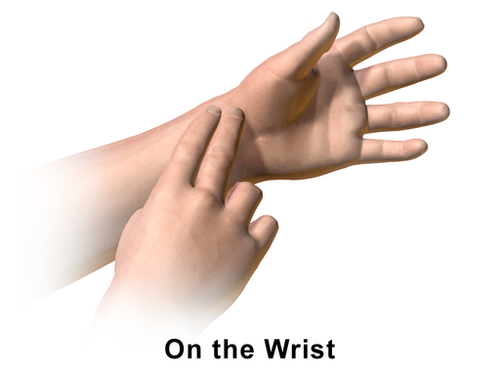Summer is here, and the great outdoors beckon. Your kids are likely spending their days basking in the sun, playing games, and embracing the spirit of summer freedom. As they jump and run around, you can seize this opportunity not only for them to enjoy the sunshine but also to learn about their own bodies, specifically, their heart rate.

Our BioBox kits include a fascinating exploration of the heart, with one of the experiments centered around heart rate. While we often use a stethoscope for these experiments, there’s another engaging way to teach your kids about their heart rate – monitoring their pulse at the wrist. It’s simple, educational, and can be a lot of fun.
Here’s a detailed breakdown of how you can conduct this experiment with your kids:
Step 1: Discovering Resting Heart Rate

Step 2: Active Heart Rate Exploration
Step 3: Observing the Recovery
To help your children extract meaningful insights from this experiment, encourage them to ponder these questions:
Stimulate their curiosity by suggesting further questions and encouraging them to think critically about the human body’s marvelous workings.
With this straightforward yet captivating exercise, you can introduce your children to the concept of heart rate responsiveness to physical activity. When muscles require more oxygen during exercise, the heart pumps blood at a faster rate to meet this demand. Conversely, when the body is at rest, the need for excessive oxygen diminishes, and the heart rate naturally slows down. It’s a fundamental lesson, but a vital one that forms the basis for understanding human physiology.
Remember that simple lessons tend to stick when they’re repeated. Additionally, hands-on experiments leave a lasting impression as they engage both the hands and the brain. If you’re looking for more hands-on experiments that combine learning and fun, you can explore our shop page at bioboxlabs.com. Our monthly subscription offers a variety of exciting experiments that will keep your children captivated and eager to explore the wonders of science.
In conclusion, this summer, take advantage of the sunny days to blend playtime with education. By helping your kids explore their own heart rates, you’re not just making learning enjoyable but also nurturing a lifelong curiosity about the incredible human body. Enjoy the sunshine and the scientific discoveries that come with it!
Your students’ first BioBox is not just a starter kit, it is an introduction to the biological world.
Microscope Box
The Microscopic World
Get your own microscope and learn to use it